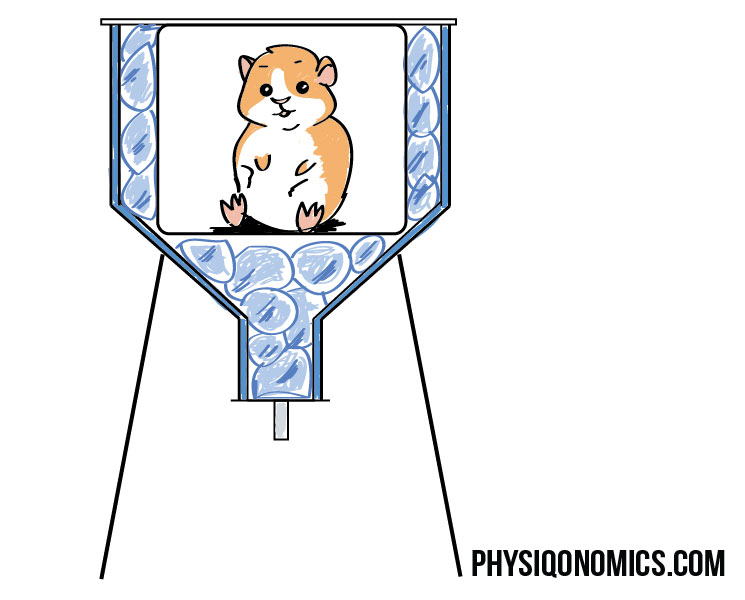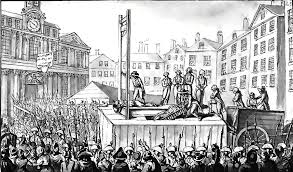I’ve really been trying to stick to a 18:6 IF daily. However, it’s starting to get harder and I’m needing to eat after about 14-16 hours. It seems like the more active I am (walking 8 miles per day), and the thinner I get (currently 127) the more I need to eat. Is it as simple as me not having much body fat so I have to eat more? Even though I’m eating more, I’m not gaining weight.
I'm hungry, is it because I don't have much fat on my body?
Might be. What’s your BF %?
Also, why don’t you just go to 16:8 then? Is there something special about 18:6? You’re losing fat, so the overall situation changes. Adapt.
This makes sense. Something I didn’t mention when posting this thread is that I recently started adding fiber to my diet as an experiment. About a year ago when I started Keto, I was having horrible stomach/bloating issues and I cut out all fiber and my problem disappeared. Fasting was so easy when I was eating high-fat and very low fiber. I wanted to see how fiber effected me now and I started eating flax and chia. That coincides when my hunger increased. My weight has not, though. I’m just nervous about having a hefty appetite. I enjoyed never being hungry.
Maybe the added fiber stimulates ghrelin more. Cut it again and see what happens.
If your walking 8 miles a day, I would have much more of an appetite because that 8 miles of walking is going to mimic fasting on top of the fact your already fasting 14-16 hours, so I would factor that into the equation also.
16 hours of fasting + 8 miles of walking, that is major glycogen storage drain in the liver and skeletal muscle and I would be ready to eat the kitchen counter top with my food after that…lol
A rule of thumb is that about 100 calories per mile are burned for a 180-pound person and 65 calories per mile are burned for a 120-pound person. Your walking speed matters less.
Use these charts to learn how many calories you are burning on your walk, depending on your weight and pace for various distances from one mile to the marathon distance of 26.2 miles.
I’m still looking for those calorie sensors people claim we have?
image linkThe origin of the calorie began with a triple-walled metal canister to house a guinea pig
“…The work that Baer and colleagues do draws on centuries-old techniques. Nestle traces modern attempts to understand food and energy back to a French aristocrat and chemist named Antoine Lavoisier. In the early 1780s, Lavoisier developed a triple-walled metal canister large enough to house a guinea pig. Inside the walls was a layer of ice. Lavoisier knew how much energy was required to melt ice, so he could estimate the heat the animal emitted by measuring the amount of water that dripped from the canister. What Lavoisier didn’t realise – and never had time to find out because he was put to the guillotine during the Revolution:
– was that measuring the heat emitted by his guinea pigs was a way to estimate the amount of energy they had extracted from the food they were digesting. Until recently, the scientists at Beltsville used what was essentially a scaled-up version of Lavoisier’s canister to estimate the energy used by humans: a small room in which a person could sleep, eat, excrete, and walk on a treadmill, while temperature sensors embedded in the walls measured the heat given off and thus the calories burned. (We now measure this energy in calories. Roughly speaking, one calorie (the definition used by dieticians, and equivalent to 1kcal) is the heat required to raise the temperature of one kilogram of water by one degree Celsius.) Today, those ‘direct-heat’ calorimeters have largely been replaced by ‘indirect-heat’ systems, in which sensors measure oxygen intake and carbon dioxide exhalations. Scientists know how much energy is used during the metabolic processes that create the carbon dioxide we breathe out, so they can work backwards to deduce that, for example, a human who has exhaled 15 litres of carbon dioxide must have used 94 calories of energy. …More
On a typical day my menu looks like this (I’ll use what I ate yesterday):
12pm: 2 eggs, 2 bacon, 1 keto muffin (equivalent to 1 oz almonds, 1/4 egg, 1 tsp erythritol, 1 T olive oil)
2pm: 6 macadamia nuts
3:30pm: 1 keto muffin and unsweetened almond milk
6:30pm: pork chop and broccoli with about 10 olives
7:30pm 2 T unsweetened peanut butter and almond milk
If I’m really hungry you can add about 6 more macadamia nuts or olives


